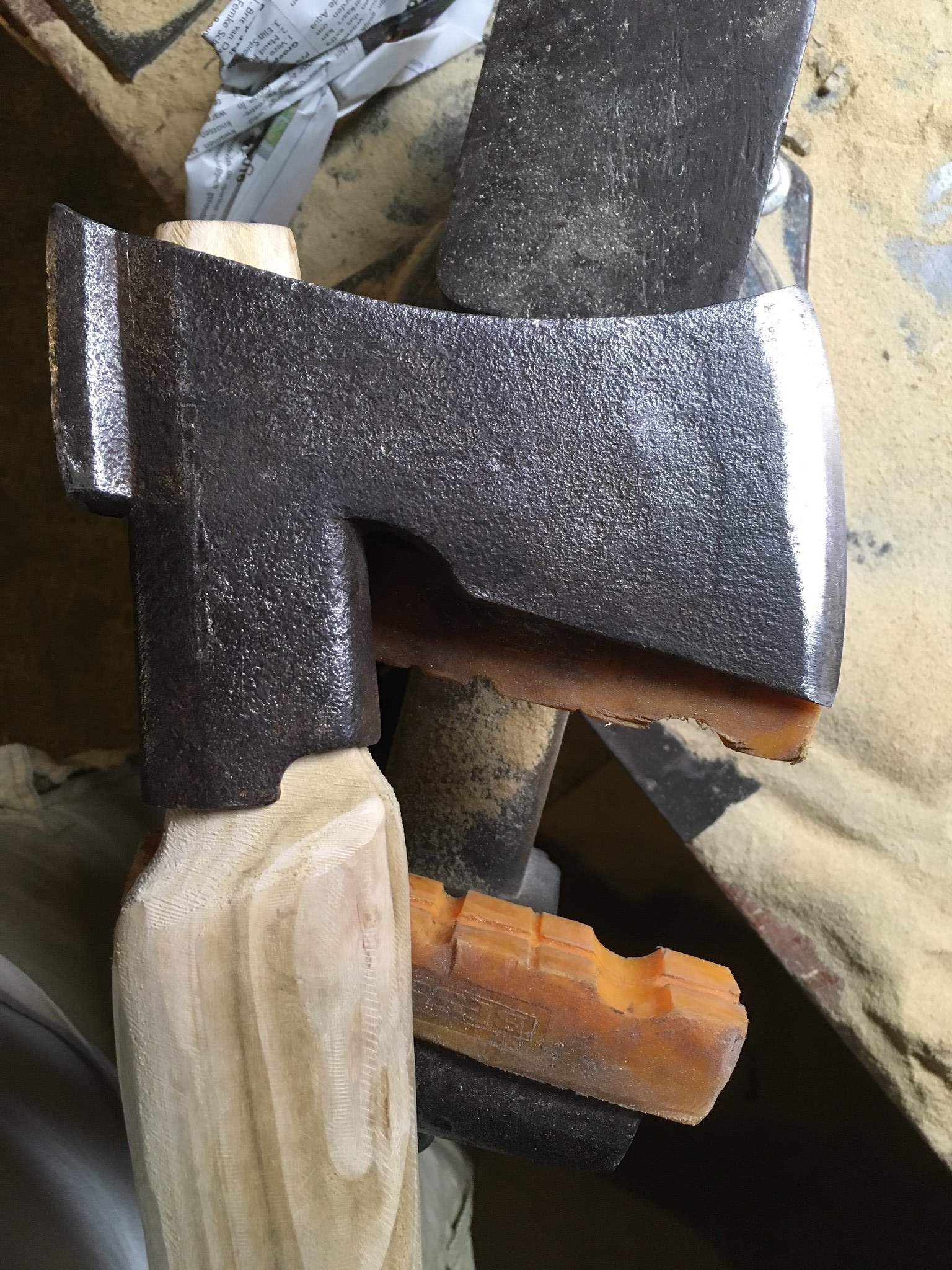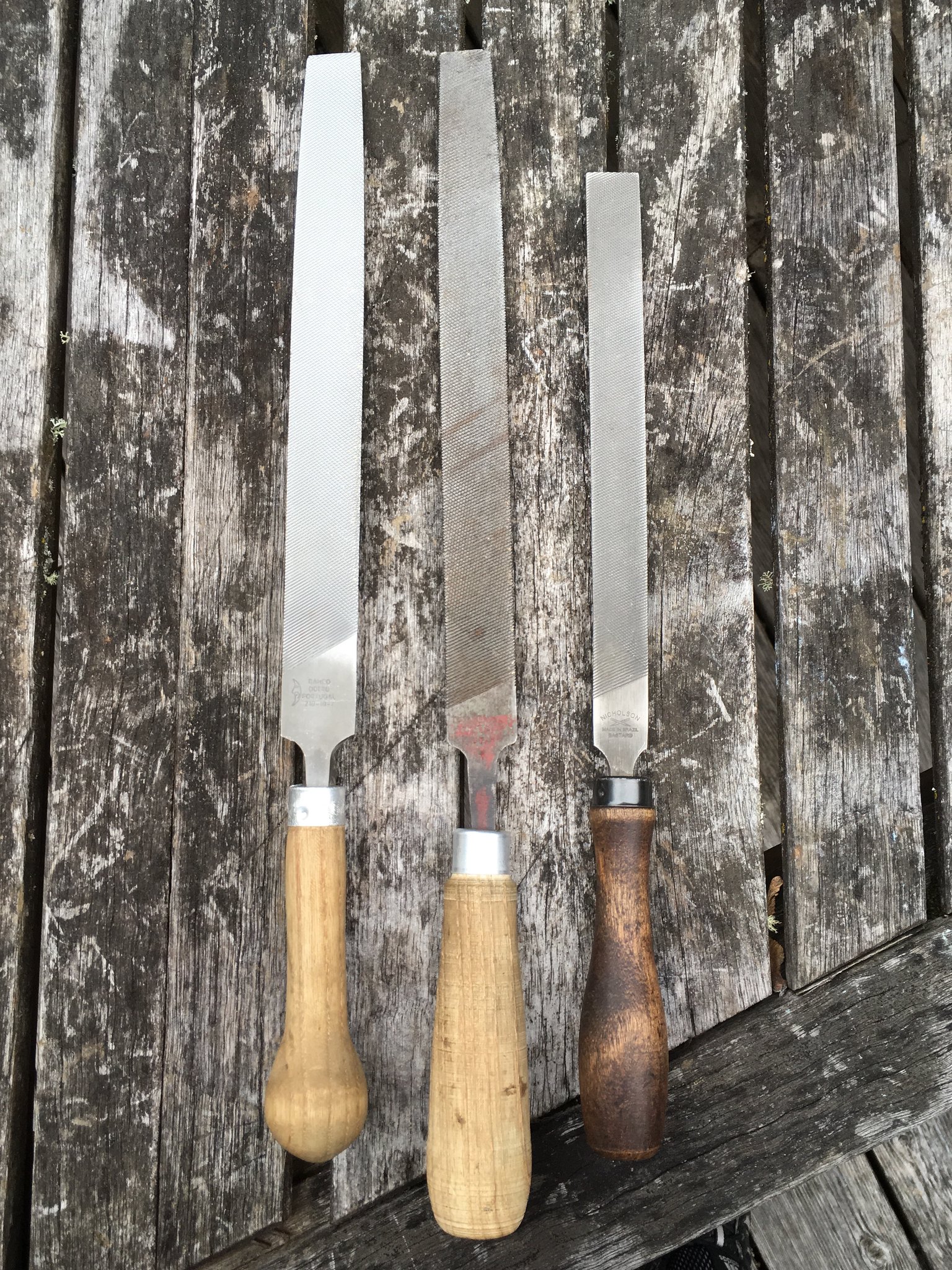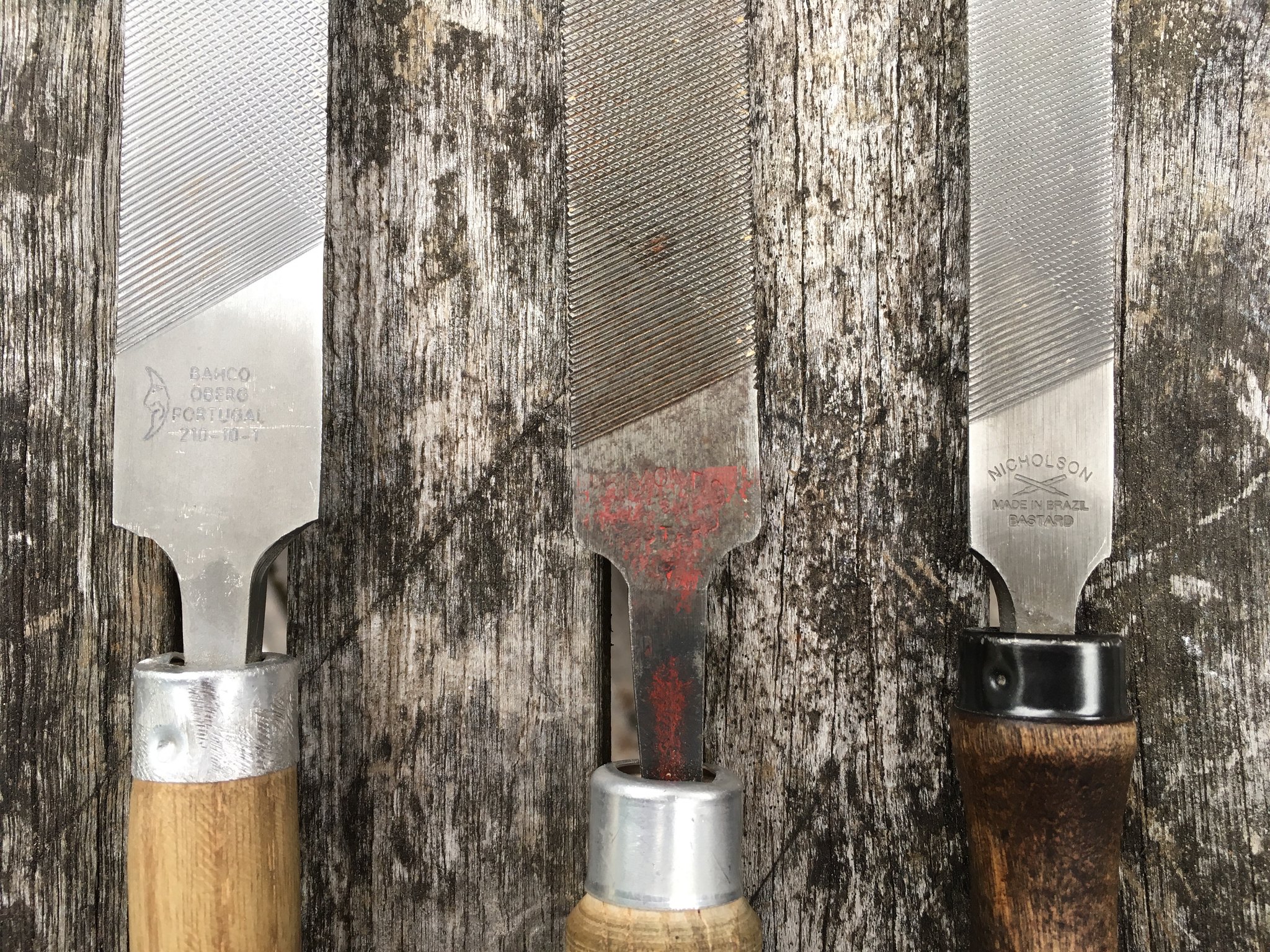- Joined
- Jun 25, 2017
- Messages
- 908
X
Last edited:
I'm going to 'call it a day' to further comments about this. Large trees of all stripes fall over all the time in n. America and are considered a nuisance whereas Europeans fawn over every branch that falls to the ground. Comparable heft usually translates to strength, whether green or cured, when you know what species you're dealing with!thats why i weigh most of the Wood i use. It's important to say the least. The most over the place Wood is meranti: Have found pieces as light as 500kg/m2 and as heavy as 950kg/m2. Meranti is cross grained , so can have cavities. But i havent seen that in straight grained Wood? As for Maple in General: I dont use it anymore since ash is a step up over here. Maple is kind of hit and mis for bigger/heavier axes over here. Elm should be fine either way.
Elm is wonderfully strong, hard as a rock and difficult to cleave. ..... All of the elms, mind you. are a SOB to split. Turns out the Elm that is most desirable for tool handles, sleigh runners, plough bodies etc is Rock Elm (U. thomasii / also known as Cork Elm).
 Cherry Flavored Kemi -Poke Through by Agent Hierarchy, on Flickr
Cherry Flavored Kemi -Poke Through by Agent Hierarchy, on Flickr Bahco 10" Bastard by Agent Hierarchy, on Flickr
Bahco 10" Bastard by Agent Hierarchy, on Flickr Half Rounds by Agent Hierarchy, on Flickr
Half Rounds by Agent Hierarchy, on Flickr Half Rounds by Agent Hierarchy, on Flickr
Half Rounds by Agent Hierarchy, on FlickrNot according to my sources:
Maple (lots of different species)
Elm (lots of different species)
Black Locust
Walnut
Oak (lots of different species)
Cherry
Ash (2 different species)
Hop Hornbeam
Hickory (lots of different species)
Osage Orange
Sycamore
Hawthorn
Plum
Apple
Pear
So no Yew, no Birch, no Tanoak, no Holly.
But more different species of al lot of good trees including hickory and oak. So your probably better of in Kansas for different species. I don't know anything about quantity though....
Since I was just winging it on the handle pattern I ended up getting the swell somewhat forward of the tongue which gives it a closed feel but it's not bad.
counciltool_hudsonbay8 by city_ofthe_south, on Flickr
counciltool_hudsonbay2 by city_ofthe_south, on Flickr
counciltool_hudsonbay5 by city_ofthe_south, on Flickr
There is some yet to be identified maple I have drying that is quite hard - It came from helping a friend clear his driveway and didn't have leaves on it for an ID, it seems much denser than what Silver Maple is. An offset hewing handle is what I was going to try with it - that is another unfinished project.
Silver Maple is a beautiful tree live but it doesn't seem to burn with much output and doesn't seem appropriate for tool handles - quite small ones or maybe file handles. That is a shame because they are thick here in behind our house.
Silver Maple is prized as a landscaping feature (usually at new homes) by folks that are lacking in patience. In Ottawa they grow about an inch+ (3 cm) in diameter per year (compared to White Oak, Sugar Maple or other prize hardwoods that'll do around 1/4 - 3/8" per year) and in a matter of 20 years you've got what looks like a majestic mature tree. These things keep on growing though and by the time they're 3 feet across they've become dangerous (blowing down, roots and all) and a nuisance for breaking branches every time there's a strong wind.
First question that rises in my mind is: Why are you only looking for straight growth? . . .

You are a fraud that knows nothing....a right, i was thinking of a tree with a bend in it, which i actually like to find. That way You can curve the handle with the bend. Makes for strong hafts!
"Доверяй, но проверяй". . .
"Zoals de waard is vertrouwd hij zijn gasten"?
